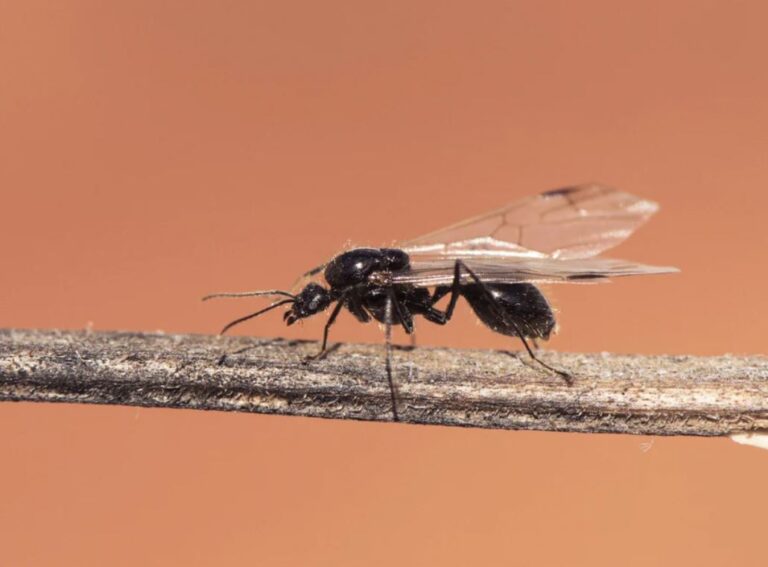Beware of Chocolate and Seafood Nightmares Before Christmas
In November’s Customer Report it was revealed that popular chocolate brands contained toxic levels of lead and cadmium. Over 200 people were also sickened by contaminated oysters.
In the study, popular chocolate brands such as Ghirardelli and Dove, Lint, even Trader Joe’s, showed high levels of lead or cadmium. Dark chocolates contain higher levels of the two heavy metals.
What are lead and cadmium, exactly?
Lead and cadmium, both heavy metals, are released into the environment by human industry. This includes mining, coal burning, oil burning, and many other activities. Heavy metals can enter soil via drainage, pesticides or phosphate fertilisers.
Once in the air, tiny particles can travel long distances. Lead and cadmium are not easily disposed of, but they can remain in the atmosphere for many years.
Lead is the most dangerous environmental substance for children, according to the Center for Disease Control. Children who are exposed to lead can suffer serious health problems, such as learning disabilities and a lower IQ. Even when low levels of lead are consumed, there are still serious effects.
The heavy metals may be present in chocolate at any point during the conversion of cocoa beans to chocolate. Lead and cadmium may be found in soil from water drainage, or they could have landed on a leaf. Heavy metals do exist in chocolate.
Dark chocolate is a concern
It is well known that dark chocolate has many health benefits. However, the presence of cadmium and lead in greater quantities may indicate it’s time to find a replacement. Dark chocolate contains more cocoa than milk chocolate, which is why it tends to contain higher levels of heavy metals.
Consumer Reports identified a total of 28 dark chocolate bars. Of these, 23 had lead and cadmium levels that were considered to be concerning.
Dark chocolate bars with the highest lead and cadmium levels:
- Theo Organic Dark 70% Cocoa: 120% Lead, 142% Cadmium
- Trader’s Dark Chocolate Lover’s Chocolate (85% cocoa): 127% lead and 229% cadmium
- Theo Organic Dark Chocolate 85% Cocoa : 140% Lead, 189% Cadmium
- Lily’s Extremely dark chocolate 85% cocoa: 143% Lead, 101% Cadmium
- Green & Black Organic dark chocolate 70% cocoa: 143% lead and 181% cadmium
Some dark chocolate bars were not as bad as others. According to the study, five bars were deemed safe.
- Mast Organic Dark Chocolate 82% Cocoa
- Taza Chocolate Dark Organic Chocolate 70% Cacao
- Ghirardelli Intense Dark Chocolate 86% Cacao
- Ghirardelli Intense Dark Chocolate Twilight Delight 72% Cacao
- Valrhona Abinao Dark Chocolate 85% Cacao
As You Sow explains that there is no one solution to the problem of heavy metals present in chocolate. Instead, producers can use a variety of methods to reduce heavy metals. This includes soil testing before the growing process, and avoiding pesticides containing lead or cadmium.
[ruby_related heading=”More Read” total=3 layout=1 offset=5]
FDA warns against oyster consumption
The Texas Department of State Health Services announced a recall of oysters on Thursday. This led to an investigation by the Centers for Disease Control. The oysters in Harvest Area TX1, Galveston Bay from November 17 to December 7 are unfit for consumption.
Restaurants and retailers are selling contaminated oysters in Alabama, Florida Georgia, Louisiana Mississippi, North Carolina Tennessee and Texas. The owners of these oysters were advised to not sell them but instead to discard them due to the possible norovirus contamination.
Norovirus, a virus that is not connected to flu, causes symptoms such as diarrhea, nausea and stomach pain. Norovirus symptoms usually appear 12 to 48 hrs after exposure, and disappear within three days. Drinking fluids is essential during norovirus symptoms, as dehydration can result.
Beware the dangers before you buy those oysters or chocolate bars to celebrate the holidays.







